Emini Academy – Emini Academy Map Mastery Documents
Only registered users can download.
Please LOGIN/REGISTER
Author: Emini Academy
Our education process has been refined over the past 7 years, and used by thousands of our student traders around the world.
Our goal is to give you a clear path for setting up your trading business, developing your skills, and ultimately achieving your trading goals. Follow these steps to get started on your trading journey…
Emini Academy Map Mastery Documents
Sale page: Emini Academy
This product is available
CHOOSE A MARKET AND TRADING TIME FRAME
There are many different markets to trade, and the first step is choosing which one is right for you. Some of the most popular markets are stocks, e-mini futures, options, Forex, and digital currencies like Bitcoin.
Here are a few things to consider when choosing a market to trade:
- Capital available to trade: The amount of money you have to trade with will be an important factor when choosing a market. Some markets have minimum requirements set by brokers or governments (listed below), where other markets have no minimum requirements. It doesn’t matter if you’re trading with $500 or $500,000, there is a market for you. Some markets allow you to use leverage, where you can grow your account quicker. Leverage can also work against you, so it’s important to implement smart risk management strategies.
- Time available to trade: Once you decide which market you want to trade, then you decide how much time you want to commit to your trading business. There’s a wide range of time frames you can trade. Some people like to trade full-time, where others can only trade 30-60 minutes a month.
Let’s take a look at the different time frames you can trade:
- Day Trading – The first (and shortest) time frame is day trading. This is where you enter and exit your position within the span of one day. In active market conditions, traders can take dozens of trades in the span of a day. The benefit to day trading is that there’s no need to stress about what the markets do overnight or when you are not actively trading.Some day traders will actively trade for 1-2 hours a day, then move on with their lives. It requires more focus in short periods of time, but also gives the freedom to not obsess about the markets 24/7.
- Swing Trading is where you hold your position over the course of 2 days to 2 weeks. This time frame can be great for people with full-time jobs, because it requires as little as a couple hours a month to enter and exit trades.
- Position Trading is a form of disciplined investing. It’s where you hold a position for months or years before cashing out. There is a big difference between position trading and just randomly buying in hope of a future price increase. Good position trading uses strategies to identify key profit zones to buy and sell. It also takes stop out levels into consideration if the markets move against the trader.
CHOOSE A TRADING STRATEGY & BROKER
After you decide what market and time frame you want to trade, then it’s time to set up your trading business. You’ll start by deciding on an online discount broker and trading platform. It’s vital to make sure you have the right broker and tools to trade, otherwise you’ll be at a disadvantage.
Some of the most important things to consider with a broker are: commissions, service, and margin requirements. For example, if you’re going to trade stocks you want to have a broker that has great borrows for shorts. If you want to trade E-mini futures, you want to trade through a broker that has low commissions, a fast data feed, and great service.
When trading Bitcoin, there is no broker. Rather, you can trade directly through the exchange. The most important thing with digital currencies is to trade with an exchange you trust. There have been horror stories of insolvent exchanges disappearing with clients’ capital. Fortunately, there are now insured and trustworthy exchanges we use to trade Bitcoin.
If you want to be a skilled and professional trader, then you need to use a professional trading platform. A trading platform is the software program you use to enter and exit your trades.
The main components of a trading platform are: charts, order entry, and account management. Platforms vary in price and features. There are hundreds of platforms available on the market, and there are only a few that we recommend.
Below is a layout for stock trading. From left to right, you’ll see: time and sales, level 2, and charts. This gives us a clear picture of a stock we’re watching to trade.
Be the first to review “Emini Academy – Emini Academy Map Mastery Documents” Cancel reply
You must be logged in to post a review.
Related products
Forex & Trading
Forex & Trading
Forex & Trading
Personal Development
Forex & Trading
Forex & Trading

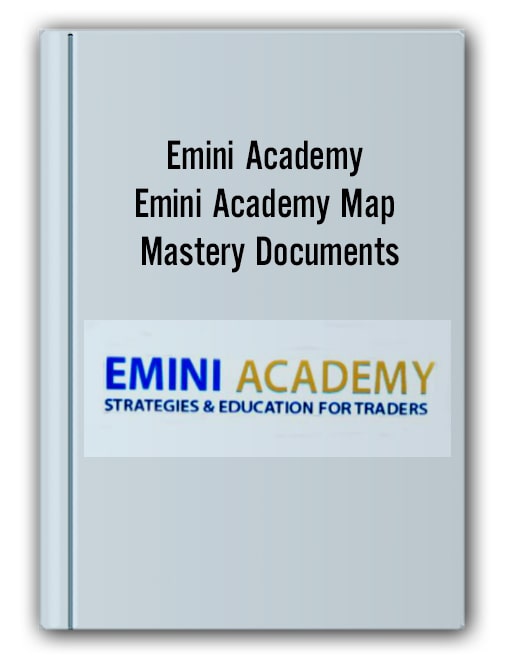


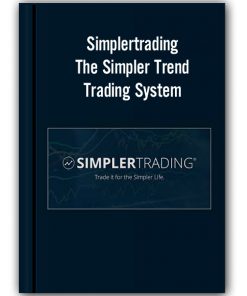

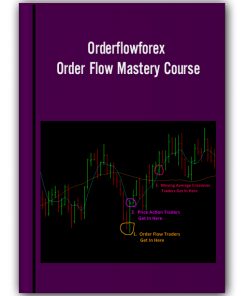
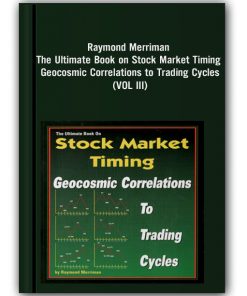
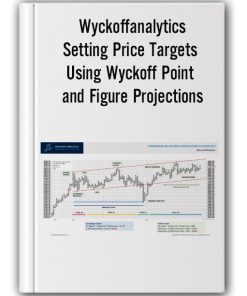

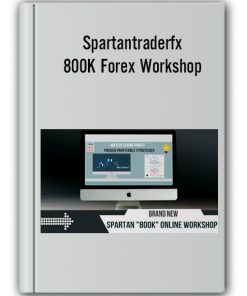
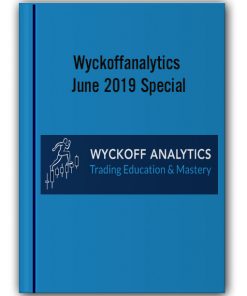
Reviews
There are no reviews yet.